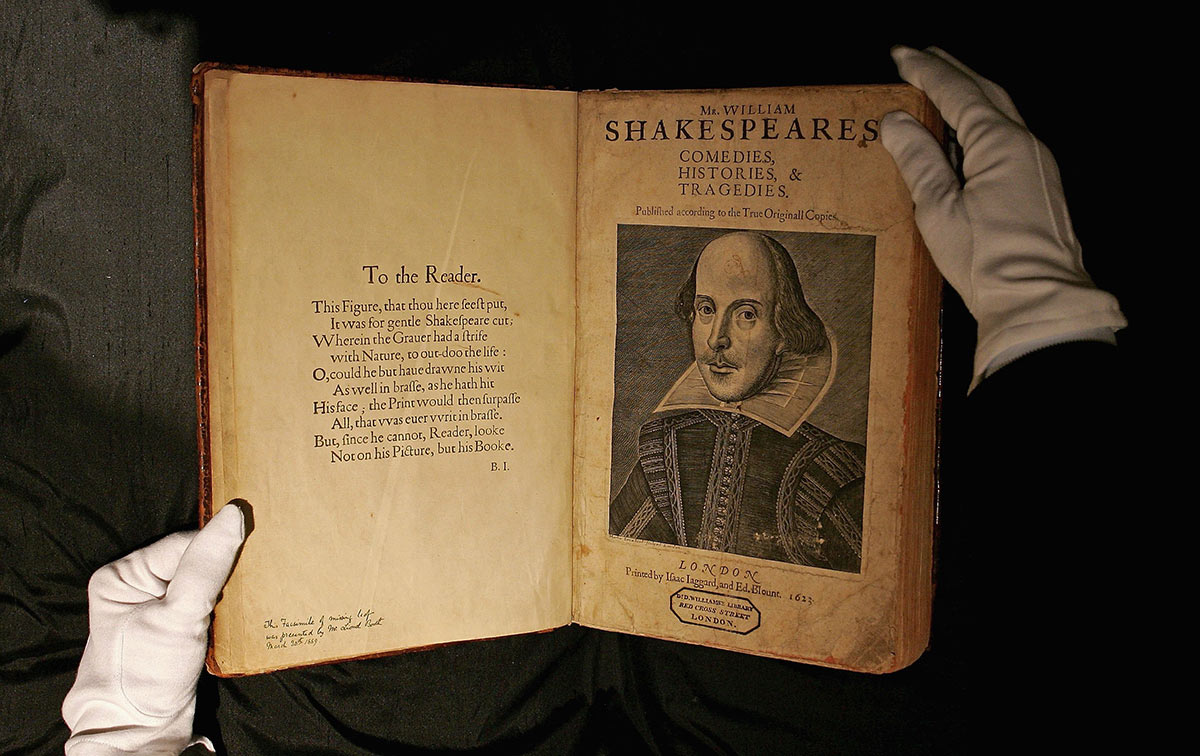
Seventeen plays attributed to William Shakespeare were written in collaboration with other playwrights, according to an edition of his works coming out this month that uses “big data” to reveal the mixed authorship. Shakespeare’s reputed rival Christopher Marlowe is credited as co-writer in the Henry VI trilogy of plays while playwright Thomas Middleton is credited as an adaptor for “All’s Well That Ends Well”.
More than double the number of plays identified in the last edition of complete works in 1986 by the Oxford University Press, the latest number tallied up to 17 out of 44 Shakespeare plays. Work on the new edition began in January 2009 and 18 scholars in five countries tussled with the authorship issues.
Editors said the discoveries showed that rather than being rivals that influenced each other, Shakespeare and Marlowe actually worked with each other on the plays, thought to have been written in 1591. “A lot of scholars have suspected this since the 18th century but until very recently we didn’t have any way to prove it that was reliable,” general editor Gary Taylor of Florida State University told AFP.

Taylor said “big data” computerized databases built up in the last 20 years meant experts could conduct precise comparisons of different authors. Researchers used a range of methods including establishing the sociolect, the way people spoke at the time, and the idiolect, or speech habits of an individual. They identified words and phrases that were more heavily used by one writer of the time than their contemporaries.
“The whole team is confident that Marlowe wrote some of the scenes in each of these three plays. They had to have both been working on these plays,” said Taylor. The level of collaboration with Marlowe, whose works include “Doctor Faustus” and “The Jew of Malta”, has thrilled scholars.
“Part of what’s interesting is the interaction of two very different geniuses. It’s why those plays have struck people as being different from Shakespeare,” said Taylor. “We can now see that difference is because this is Marlowe, a writer who was very interested in politics, violence and religious conflict. Marlowe writes about these things in a different style. These discoveries actually make these plays more interesting, not less.” —AFP/Relaxnews
This article was featured in the InsideHook newsletter. Sign up now.






















